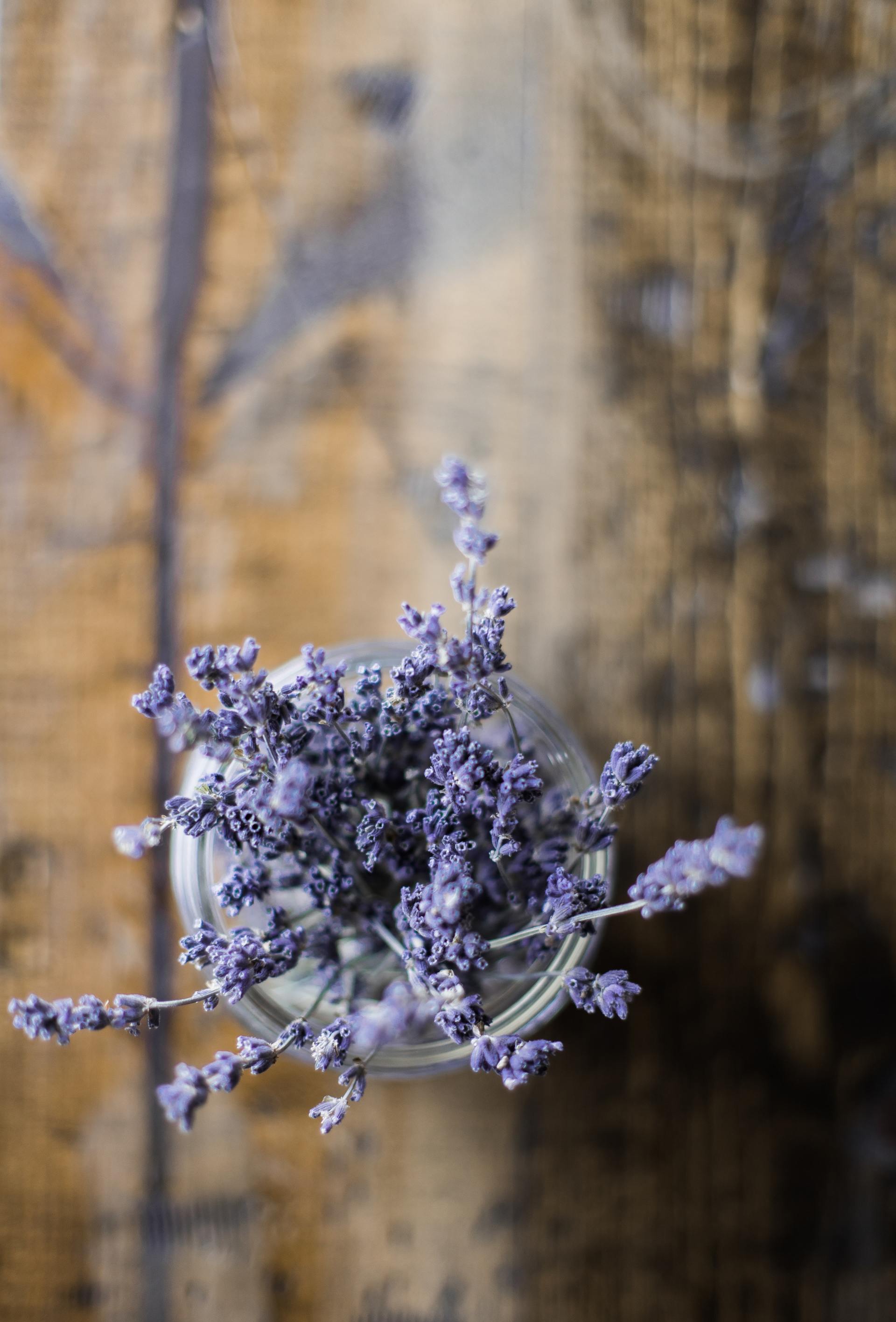Lavender CO2 extract10ml 38.50 sgd
10ml 38.50 sgd
Botanical name: Lavandula angustifolia
Origin:
Albania
Extraction: Supercritical fluid extraction (CO2 extraction)
Plant part: Flowers
Scent: Fragrant sweet floral aroma, almost identical to fresh lavender flowers.
Aromatherapy: Calming and promotes a restful sleep, relaxation, balances mood swings, lessen overall tension.
Skin/bodycare:Speed healing to skin (bruises, cuts, wounds, burns, scars, insect bites), lessen aches and pains, gently helps remove fluid retention, skin tissue regenerator, relieves migraine headaches.
Blends well with: Most oils, especially citrus and florals; also Cedarwood, Clove, Clary Sage, Pine, Patchouli, Frankincense etc.
Best before May 2023
Lavender CO2 vs EO
Lavender CO2 possesses its own unique compound, Lavandulol, which is found in abundance in the lab analysis of CO2 extract but almost zilch in its essential oil. This probably explains why Lavender CO2 smells exactly like the fresh flowers! The colour of the extract is a champagne golden and thicker in consistency unlike its ethereal/essential oil counterpart which is watery and clear in liquid. The process of supercritical CO2 extraction uses liquid CO2 to extract the most out of each plant, therefore resulting in the best grade with no form of oxidation and heat degradation of the final product.
What is CO2 extract?
Buy now
CO2 extracted oils are high quality oils extracted using carbon dioxide in liquid form, as the solvent for lipophilic plant ingredients. There are not any waste streams and emissions involved in this eco-friendly technology. When carbon dioxide is converted to liquid by using low temperatures and high pressure, it becomes a safe and effective solvent that allows all the desirable active constituents of the botanical to be collected without the risk of heat, light and air (oxygen) degradation. Once the extraction is complete, the carbon dioxide is allowed to return to its natural gaseous state, leaving behind only the extracted essence of the plant. CO2 extracted oils are the closest representation of the natural plant ever achieved. Highly concentrated and more complete than essential oils, these CO2 extracts can be used at low amount in carrier oils and other base products.

